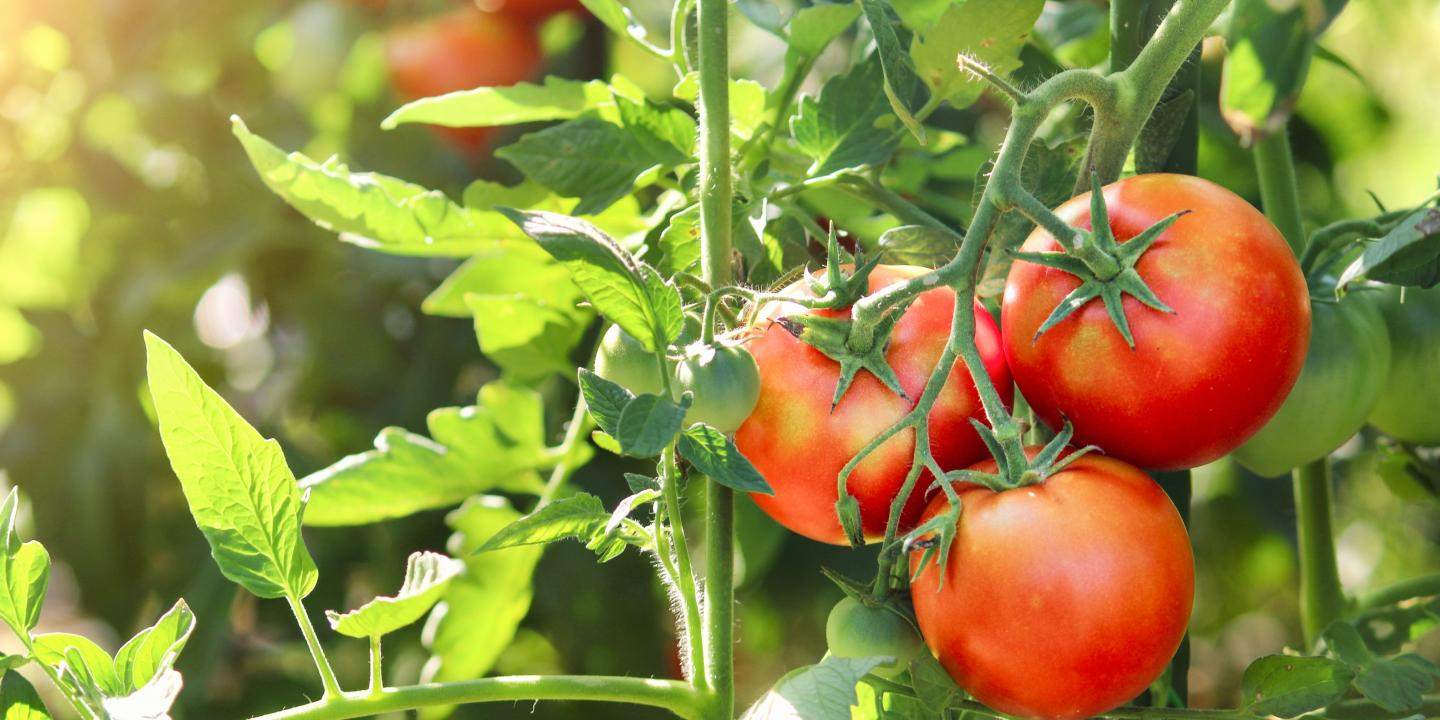Calcium chloride plays a key role in preserving vegetables and fruits. It helps maintain structural integrity, extends shelf life, and keeps products firm and appealing—whether they’re processed into preserves or treated post-harvest.
Preservation
Calcium chloride is a widely used additive in the preservation of fruits and vegetables. It helps maintain structural integrity, even during heating and pasteurization. This makes products like pickles, legumes, and other canned goods stay firm and visually appealing for longer.
"CaCl₂ Food: a Pure Food-Grade Ingredient"
Functions of calcium
Calcium helps preserve the cellular structure of fruits and vegetables, preventing them from becoming mushy during processing. This applies both to canned products and to fresh produce treated with calcium chloride. The result is a firm, crisp final product with an extended shelf life.
Shelf life
Various vegetables, such as pickles, and legumes, like beans, can be preserved as canned goods. Calcium chloride is often added to enhance shelf life and maintain texture. Fresh fruits and vegetables can also be treated with calcium chloride after harvest to prolong freshness. See also its use in fruit cultivation.
More information
Calcium chloride is a permitted food additive within the European Union and may be used as a sequestering and thickening agent. The American Food and Drug Association has designated it as "generally recognised as safe—GRAS". Calcium chloride complies with the Food Chemical Codex and the JECFA.
Nedmag has its own laboratory for quality control during the process and on end products. Modern analysis techniques are used to determine the various chemical elements, such as inductively coupled plasma (ICP-AES) and X-ray fluorescence spectrometry (XRF).
The analyses carried out by the Nedmag laboratory on the specific properties that are important for the food industry are verified by an accredited external laboratory every quarter.
Nedmag is ISO 9001, ISO 14001, FSSC 22000 and GMP+ cerified.


